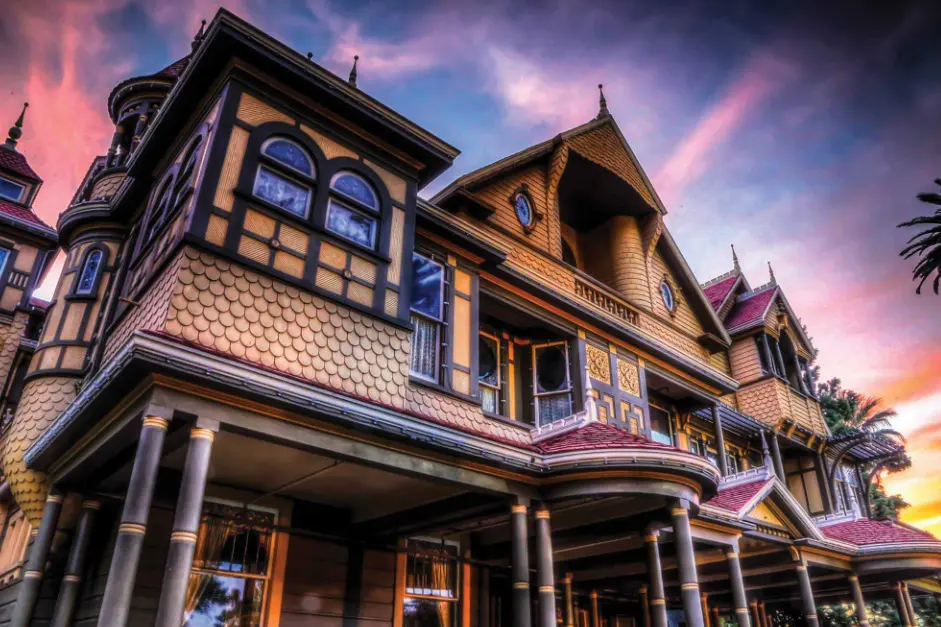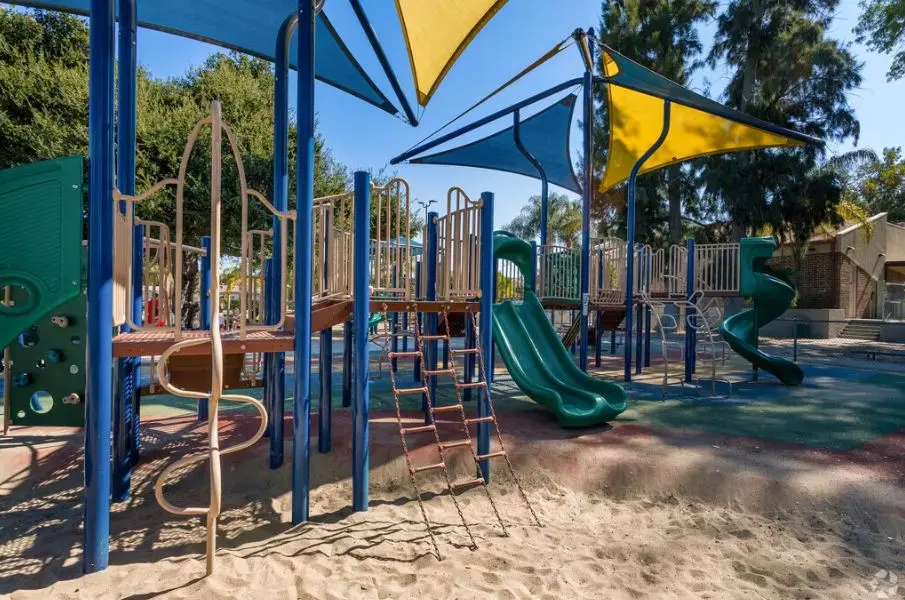Unveiling the Secrets of Winchester Mystery House in San Jose: A Hauntingly Intriguing Architectural Wonder

Nestled within the heart of San Jose, stands a structure that is an embodiment of enigma and architectural brilliance – The Winchester Mystery House.
This mansion, with its 160 rooms spread over 24,000 square feet, continues to mystify visitors and scholars alike with its labyrinthine layout, doors that open into walls, staircases leading to nowhere, and windows overlooking other rooms.
The abode's eccentric design has been attributed to Sarah Winchester—the grief-stricken widow of gun magnate William Wirt Winchester—whose life forms an intriguing narrative woven around loss, guilt and spiritualism.
This article aims to delve deeper into the life of this enigmatic woman while exploring the architectural oddities synonymous with her residence.
This exploration unveils not just the physical anomalies present in the mansion but also attempts to unravel the legends associated with it.
Various theories have been proposed explaining Mrs. Winchester's unconventional building choices—from appeasing vengeful spirits to constructing secret passages for hiding her immense wealth—all adding another layer to this uncanny puzzle called Winchester Mystery House.
As one ventures further into this academic discourse about this fascinating edifice and its equally captivating creator, there is an opportunity for readers to feel a sense of belonging – as though they are partaking in unravelling a piece of history shrouded in mystery.
The Enigmatic Life of Sarah Winchester
Sarah Winchester, the enigmatic widow of William Wirt Winchester and heiress to the massive Winchester Repeating Arms fortune, led a life shrouded in mystery, largely due to her inexplicable obsession with continuously building onto her sprawling San Jose residence.
Born in 1839, Sarah Pardee hailed from New Haven, Connecticut and later became known as one of the wealthiest women of her time following her marriage to William Winchester in 1862.
However, it was after the untimely deaths of their infant daughter Annie and subsequently William himself that Sarah began indulging into eccentric practices.
Acquiring vast wealth through inheritance post-Winchester's demise in 1881 did not bring solace but rather plunged Sarah into an abyss of grief which is believed to have compelled her towards spiritualism and a relentless pursuit of architectural expansion.
The labyrinthine structure famously known as 'Winchester Mystery House' can be perceived as a reflection of its owner's troubled psyche intertwined with superstitions and spiritual beliefs.
Sarah's decision to move westward following advice from a Boston medium – who claimed that appeasing spirits by continuously constructing rooms would break the curse brought about by those killed by Winchester rifles – resulted in one of California's most peculiar architectural marvels.
The house underwent ceaseless construction for nearly four decades under Sarah's instructions till her death in 1922; its bewildering layout encompassing maze-like halls, staircases leading nowhere and doors opening into walls stand testament today to Sarah's elusive existence veiled with intrigue and sorrow.
This hauntingly beautiful amalgamation between architecture and mysticism invites individuals who seek beyond mere aesthetics, engendering an empathetic sense of belonging amidst shared human experiences reflected within its paradoxically confusing yet comforting confines.
Exploring the Architectural Oddities and Legends of the Mansion
The grand mansion, known for its bewildering design and eerie legends, presents a labyrinth of architectural anomalies that include staircases leading to nowhere, doors opening into walls, and windows overlooking other rooms. The Winchester Mystery House's eccentric architecture is said to have been influenced by Sarah Winchester's belief in ghosts and her attempts to confuse any malevolent spirits residing in the house.
It comprises approximately 160 rooms including 40 bedrooms, two ballrooms (one completed and one unfinished), about 47 fireplaces, over 10,000 panes of glass, 17 chimneys (with evidence of two others), two basements and three elevators.
Among the peculiarities are:
1. The Staircase to Nowhere: This staircase consists of seven steps down followed by eleven steps up which ultimately lead straight into the ceiling.
2. The Doorway to Nowhere: Located on the second floor landing—this door opens directly onto a steep drop to the garden below.
3. The Séance Room: Known as the "Blue Room," this room is located at the heart of the mansion where Sarah Winchester allegedly communicated with spirits nightly.
These oddities not only reflect Sarah Winchester's unique architectural preferences but also evoke an atmosphere of mystery and intrigue that attracts countless visitors annually. With each turn through its winding corridors and hidden passageways, one gains an appreciation for both its architectural genius and haunting legacy.
The exploration offers more than just an insight into a fascinating piece of history; it serves as an invitation into a community drawn together by shared curiosity—a sense of belonging that transcends time itself.
CATEGORIES























